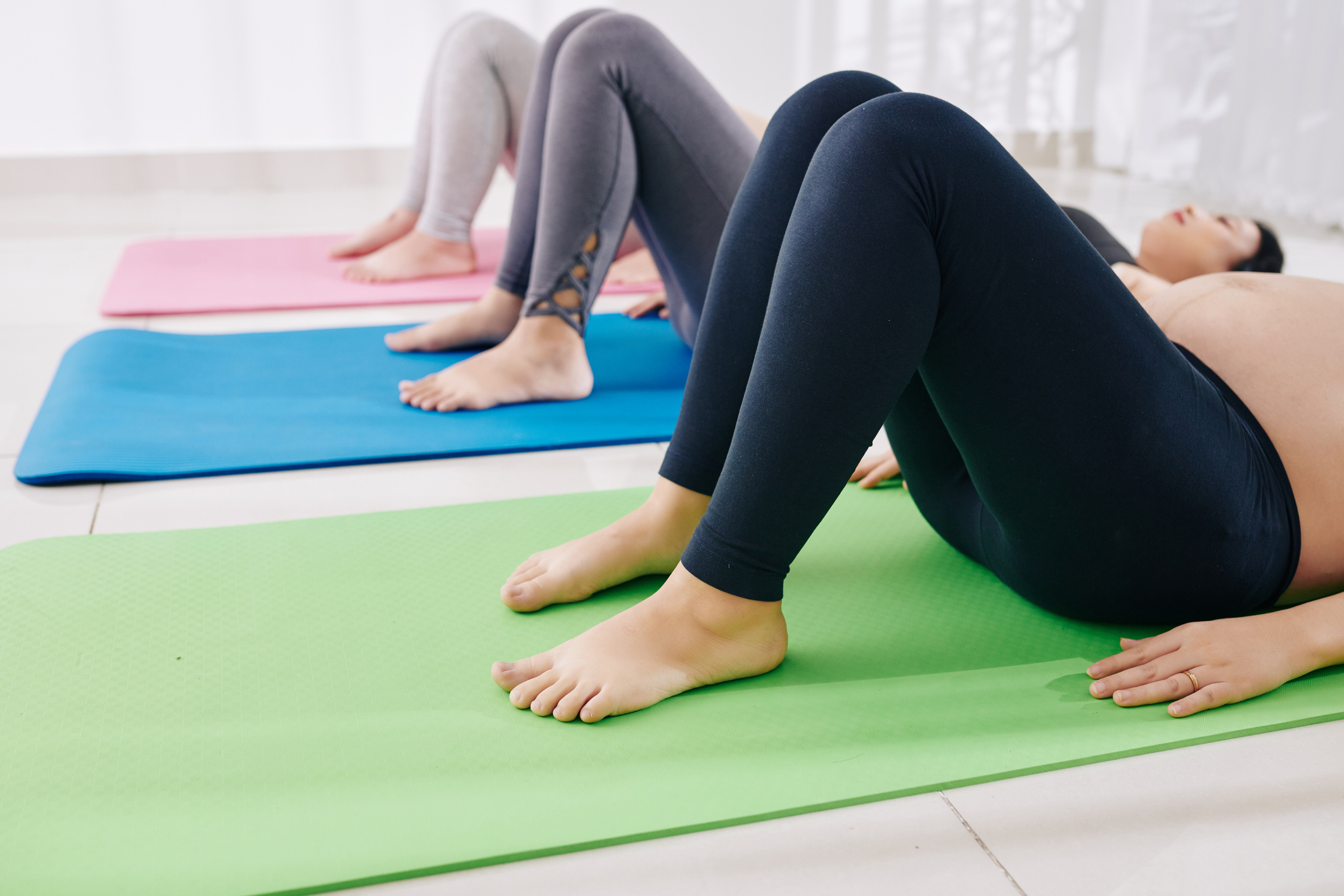Shoulder pain can result from injuries, arthritis or other conditions, and determining the right...
Read More
When it comes to bladder control and overall pelvic health, Kegel exercises are often the go-to recommendation. But there are countless other exercises and techniques that are just as effective in strengthening your pelvic floor muscles. These alternatives offer variety, prevent monotony and cater to individual preferences.
As you work on your pelvic floor health, give these six techniques a try.
Squats are excellent for pelvic floor strengthening because they engage the core and the muscles around the pelvis. They also can help improve mobility and strengthen joints and bones.
“Squats not only help improve pelvic stability but also strengthen your lower body,” said Vanessa Vander, P.T., D.P.T., P.R.P.C., director of Rehabilitation Services at Inspira Medical Center Mullica Hill. “This is crucial for better bladder control.”
To perform a squat, stand with your feet shoulder-width apart, lower your body by bending your knees and return to a standing position. Repeat this exercise in sets of 10-15 repetitions.
Bridges are another effective exercise for the pelvic floor. They target the glutes, hamstrings and lower back, indirectly strengthening the pelvic floor.
To do a bridge, lie on your back with your knees bent and feet flat on the floor. Lift your hips off the ground, creating a straight line from your shoulders to your knees. Lower and repeat for 10-15 repetitions.
Yoga and Pilates exercises are holistic, all-encompassing approaches to maintaining pelvic floor health. Incorporating poses like child's pose and cat-cow in yoga, as well as various Pilates exercises can help you achieve better bladder control.
“These practices focus on body awareness, breathing and gentle, controlled movements that engage the pelvic floor,” said Vander.
Resistance band training can be highly effective in strengthening the pelvic floor muscles because it challenges traditional exercises. Exercises like leg lifts and clamshells require more muscle activation when using a resistance band. Incorporating resistance bands into your regular exercise routine can significantly improve bladder control.
Breathing exercises like diaphragmatic breathing can be a subtle yet potent way to enhance pelvic floor strength. To practice diaphragmatic breathing, inhale deeply through your nose, allowing your diaphragm to expand, and then exhale slowly through your mouth. Focus on relaxing your pelvic floor during exhalation.
Incorporating these alternative exercises and techniques into your daily routine can improve bladder control and overall pelvic floor health.
“It's crucial to listen to your body and start by gradually increasing the intensity and duration of your exercises,” said Vander.
Remember that consistency is key to achieving lasting results. Always consult a health care professional or physical therapist for personalized guidance to address any specific concerns related to your pelvic floor health.
Inspira Health is a high reliability organization (HRO), which means safety is the top priority for patients and staff. To make an appointment, call 1-800-INSPIRA.

Shoulder pain can result from injuries, arthritis or other conditions, and determining the right...
Read More
Painful periods are not indicators of good fertility. Rather, they may signal underlying health...
Read More
Maximizing the benefits of Menopausal Hormone Therapy is all about balance. Learn how simple...
Read More
The material set forth in this site in no way seeks to diagnose or treat illness or to serve as a substitute for professional medical care. Please speak with your health care provider if you have a health concern or if you are considering adopting any exercise program or dietary guidelines. For permission to reprint any portion of this website or to be removed from a notification list, please contact us at (856) 537-6772